
The sun was shining, and a chill in the air made the November morning feel invigorating. It was my first ride back after my accident, and I was filled with excitement. But as I prepared my horse, little doubts began to creep in. My breathing became shallow, and my palms grew sweaty. These feelings, which replaced my excitement, bothered me for many reasons. Upon reflection, I realized that not only did I lack a solid safety net, but I didn’t have one at all. Looking around at my riding friends, I noticed a similar trend—there wasn’t much in the way of safety nets. We often rode with a hope of staying safe rather than a plan to ensure it. In a sport that requires so little safety equipment, especially outside of competition, I wondered: why not build our own safety net?
Here are my three tips for creating a great safety net for riding:
1. Pre-Ride Checklists: I often felt scattered and lacked a systematic approach to ensure both my horse and I were ready to ride. Creating a checklist transformed my preparation routine. Now, I write down my plan and check off each item. This simple practice boosts my confidence, knowing I’ve covered all the essentials. (You can grab a copy of mine here!)
2. Know Your Response Plan: Anticipate your main fears—whether it’s rearing, bucking, bolting, or something else—and develop a clear plan for each. Practicing these responses until they feel second nature can significantly enhance your confidence and reduce anxiety.
3. Invest in Safety Gear: Wearing the right safety equipment is crucial. I always wear my helmet which I love, (check it out here), and either a life vest or riding vest, along with appropriate pants and boots. Recently, I added a double connect neck strap to help me feel more secure while riding. Discover what safety measures work for you, as everyone’s needs are different.


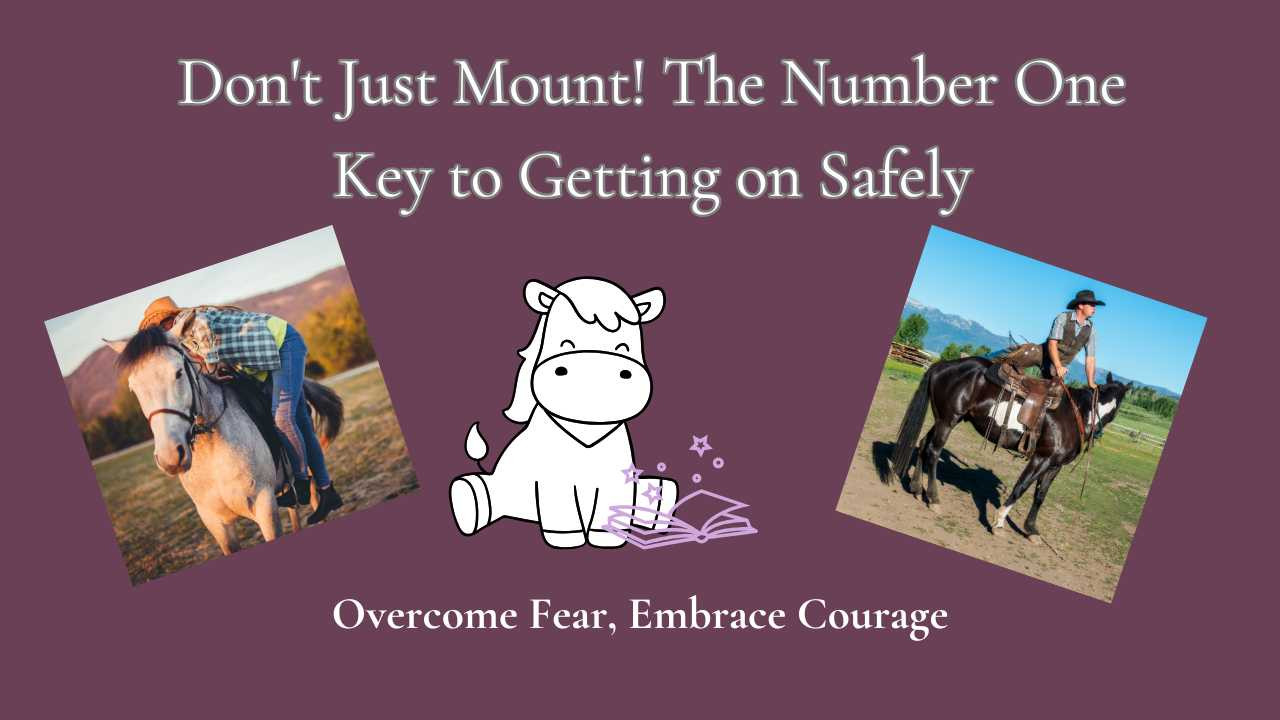
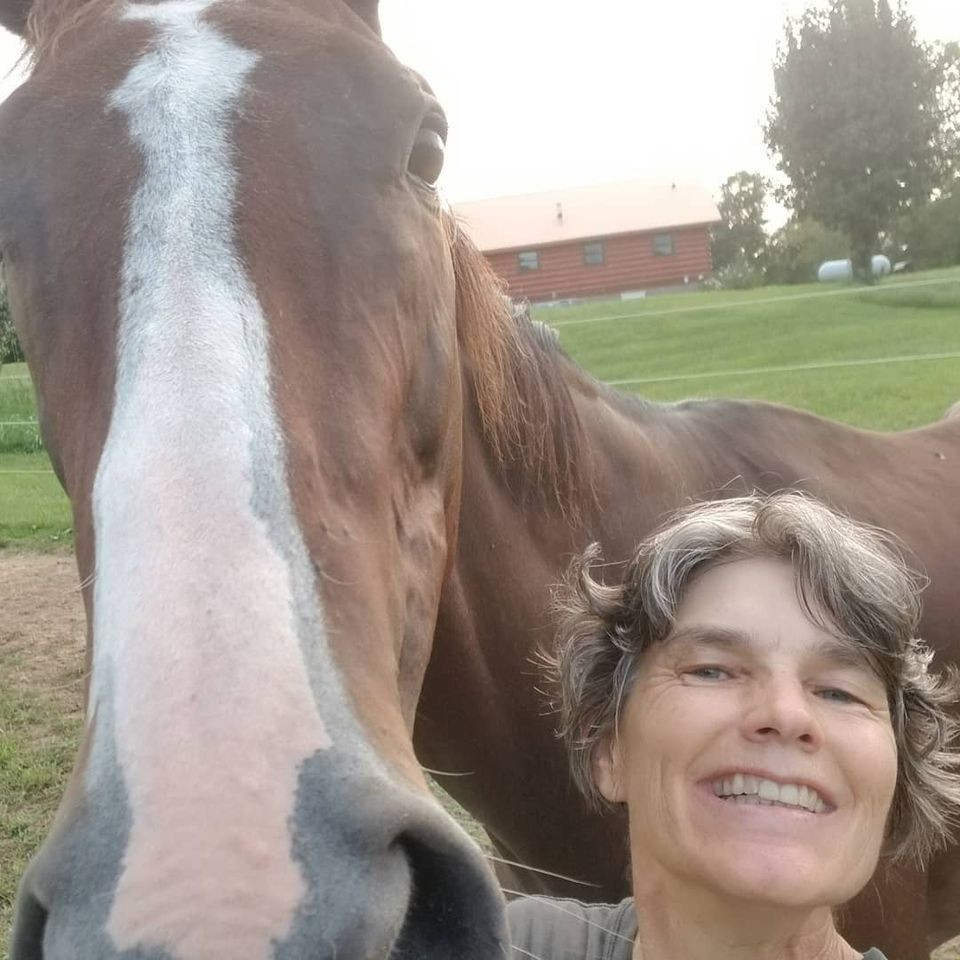
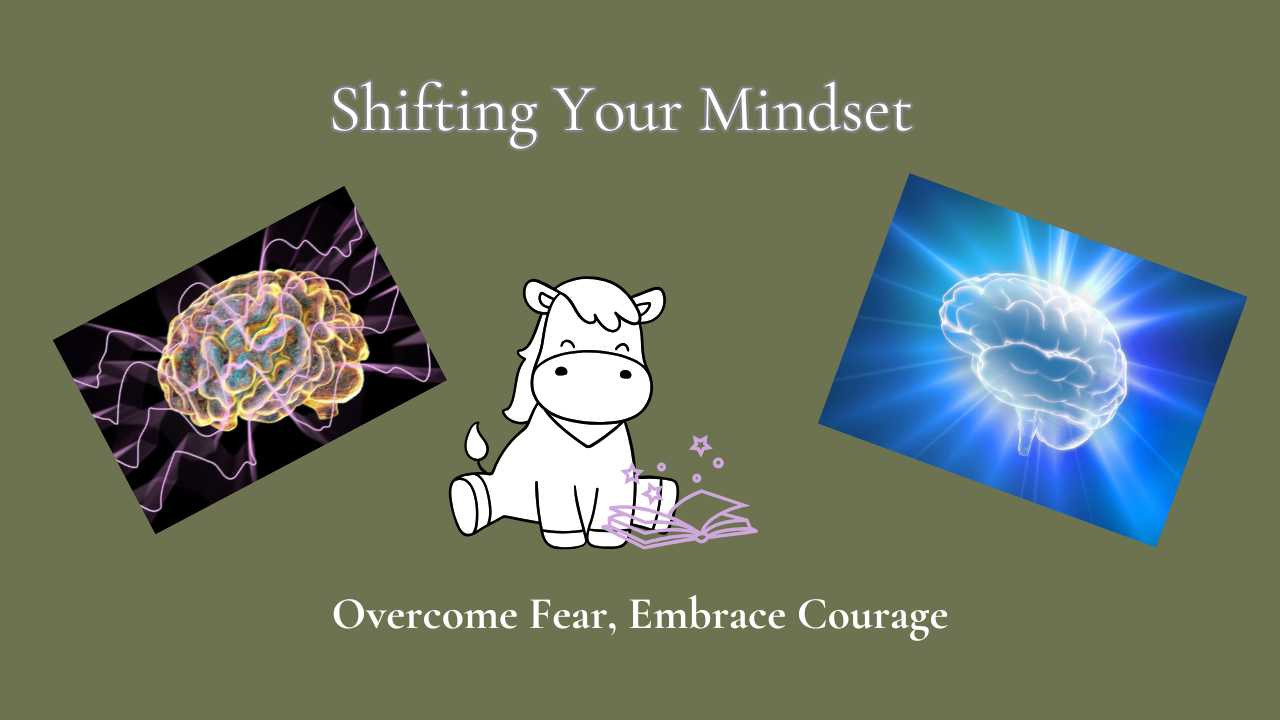
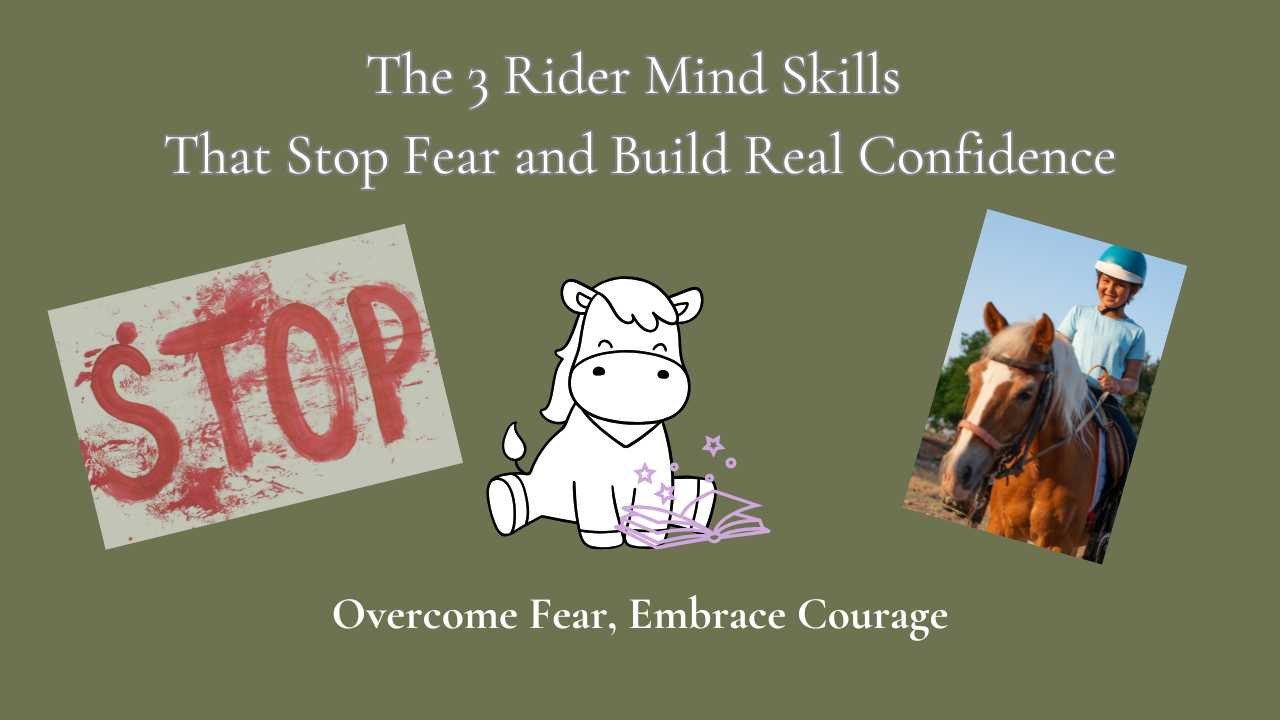
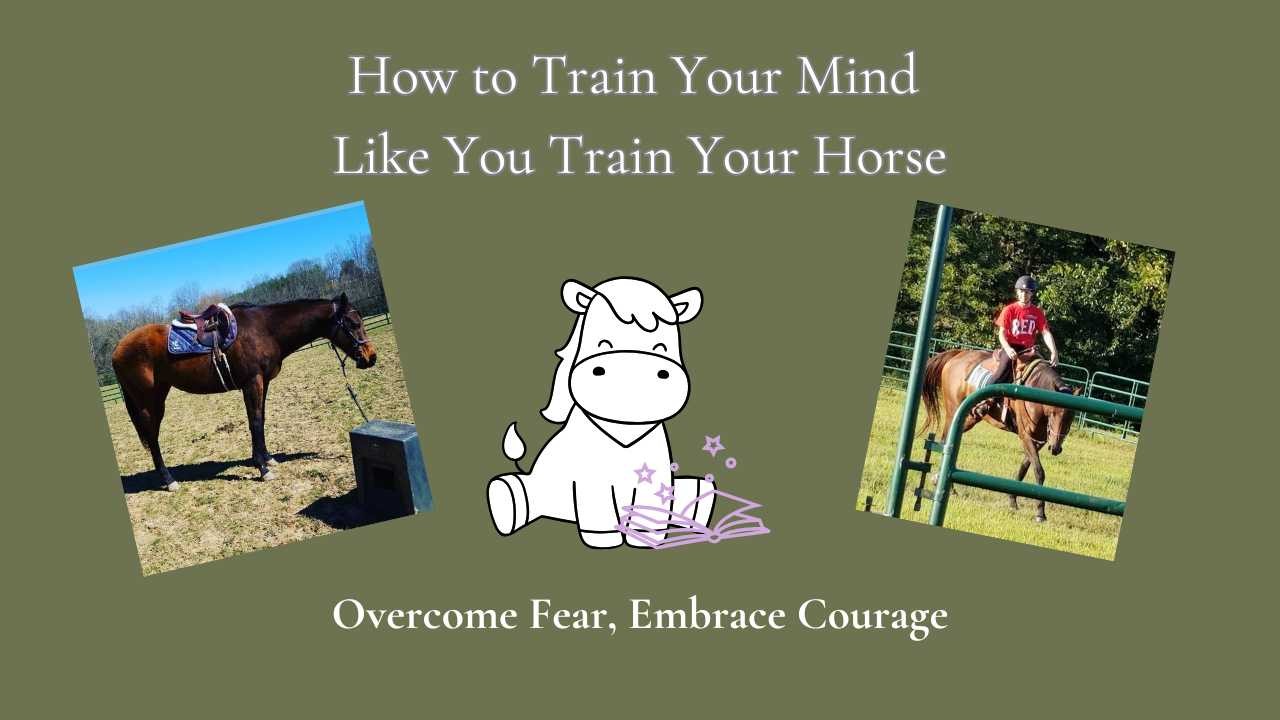
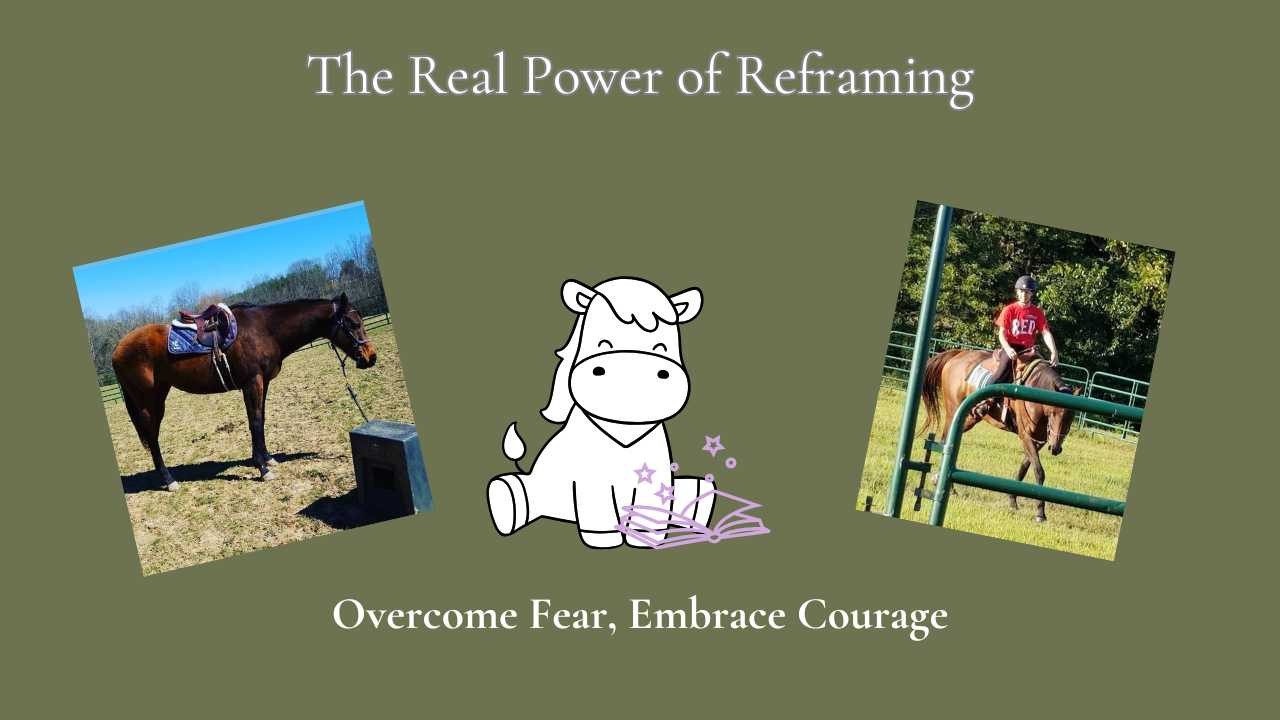

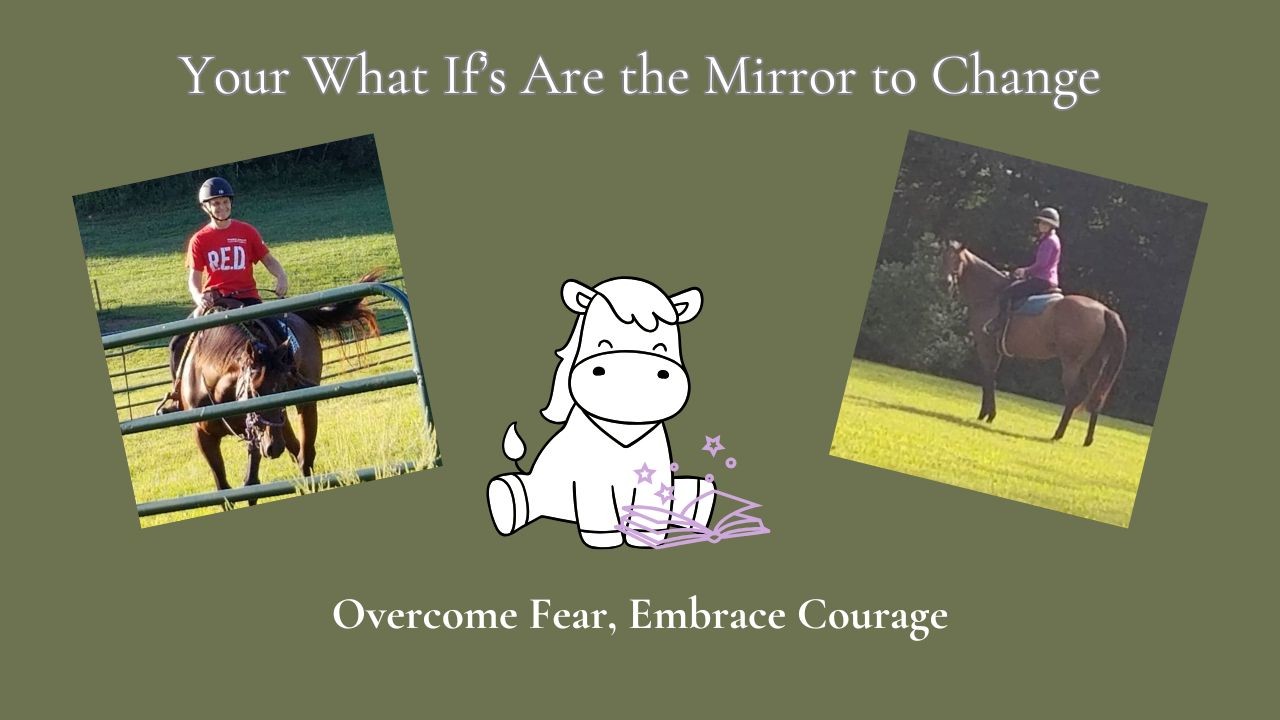

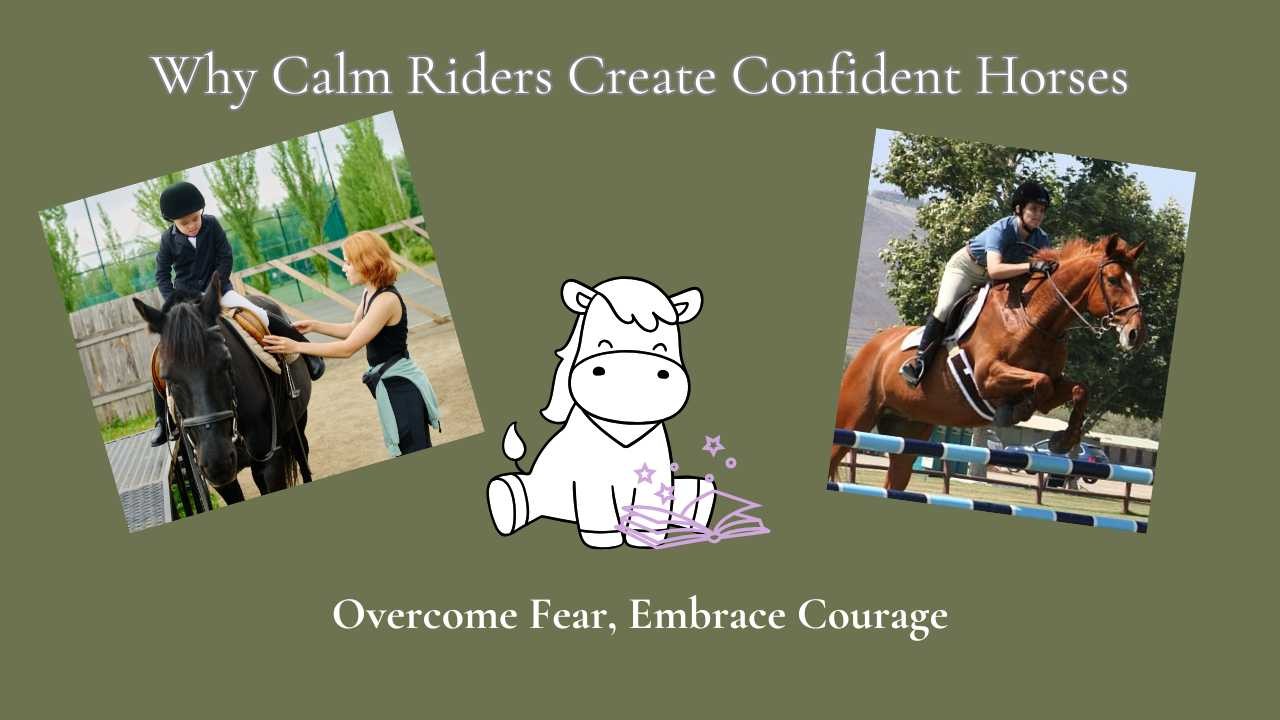
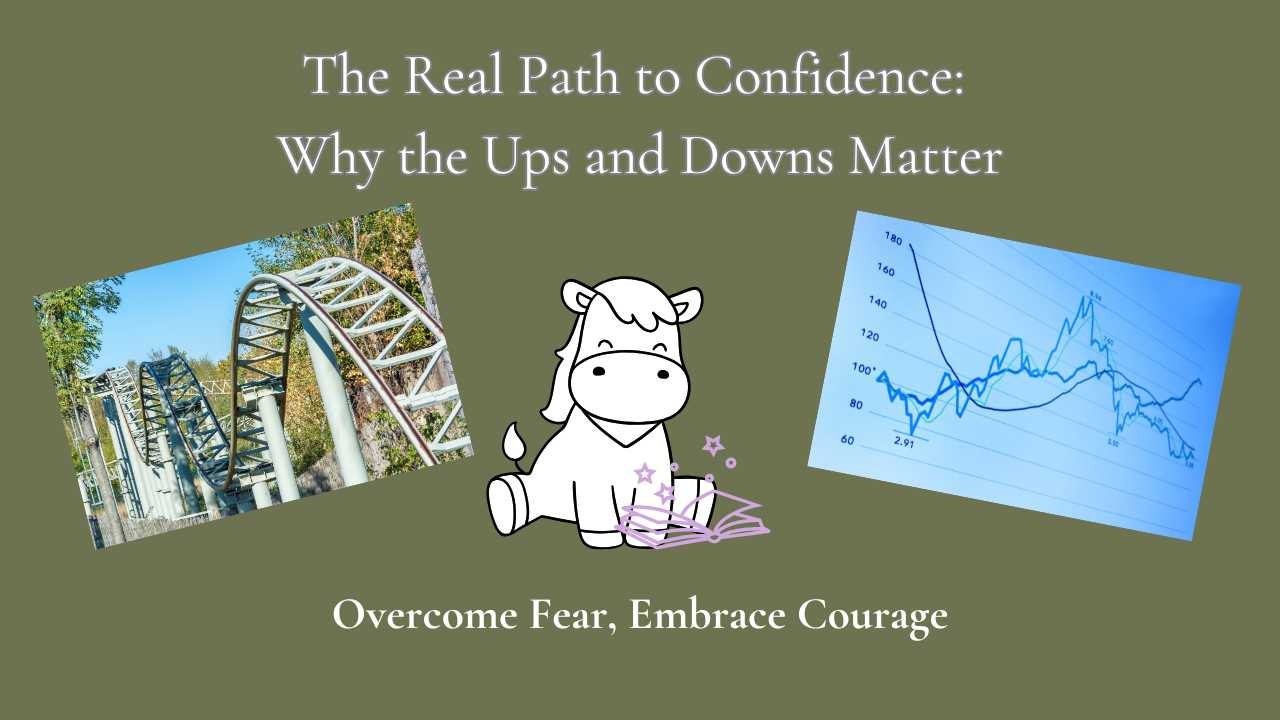
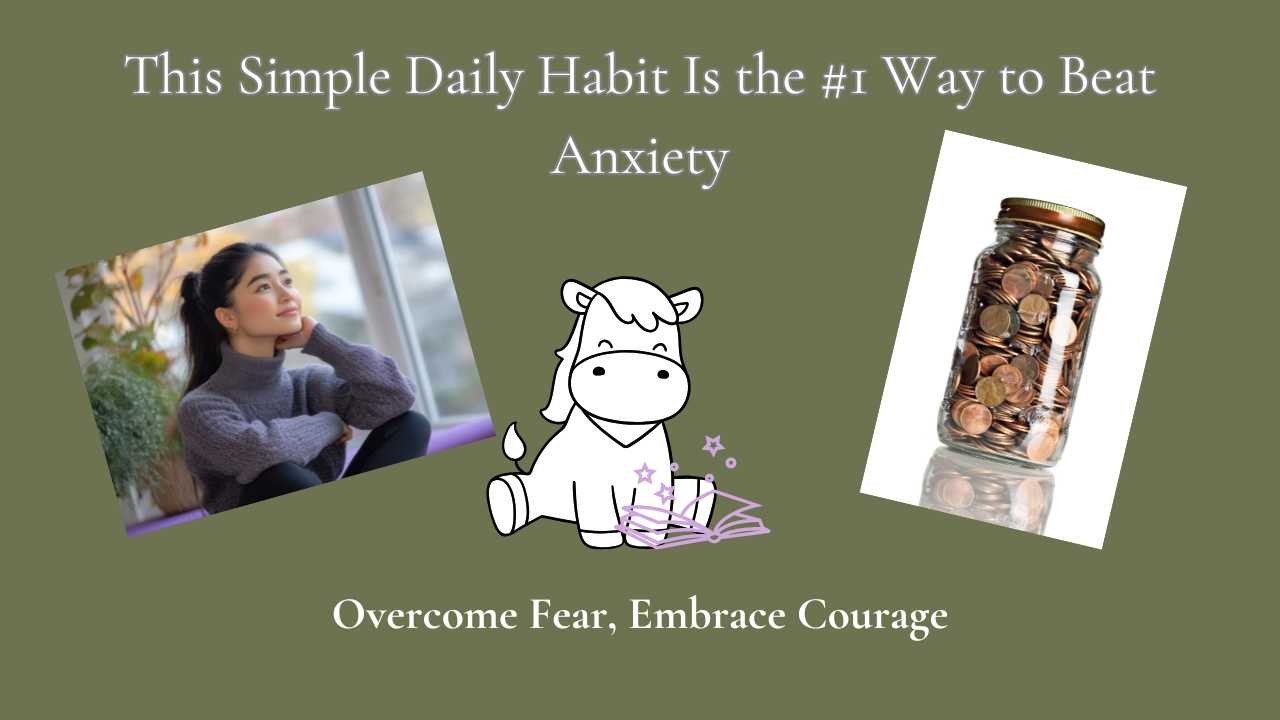
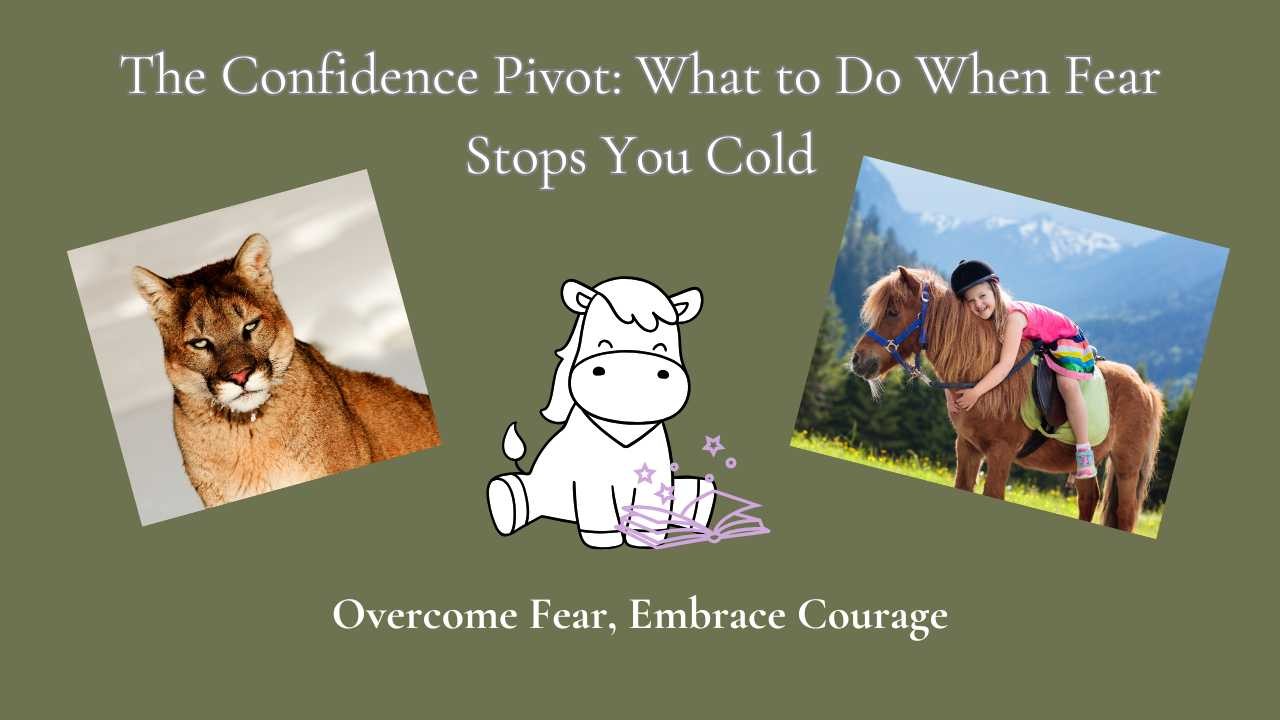

0 Comments